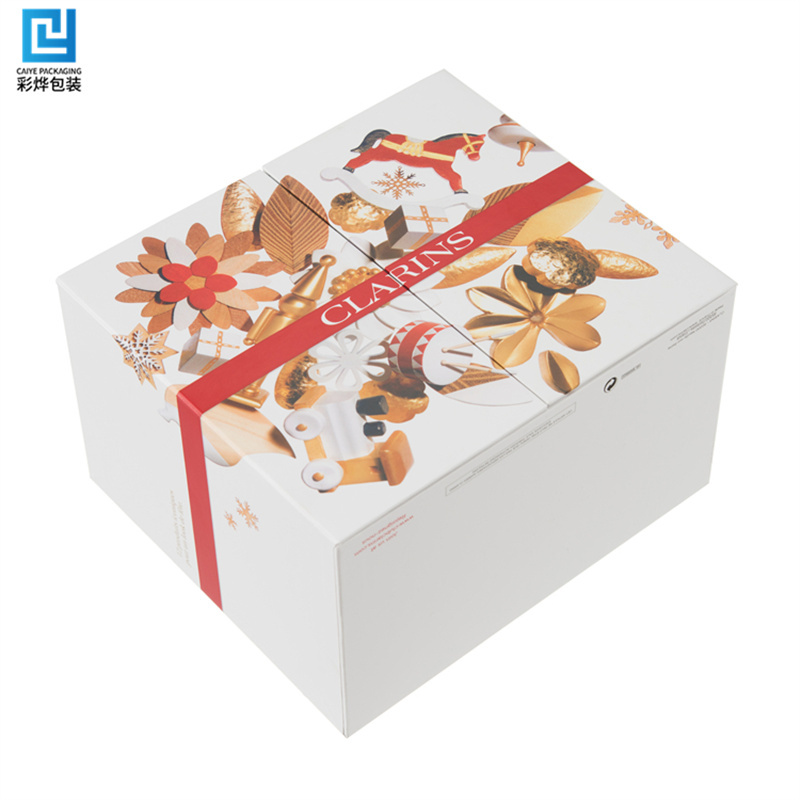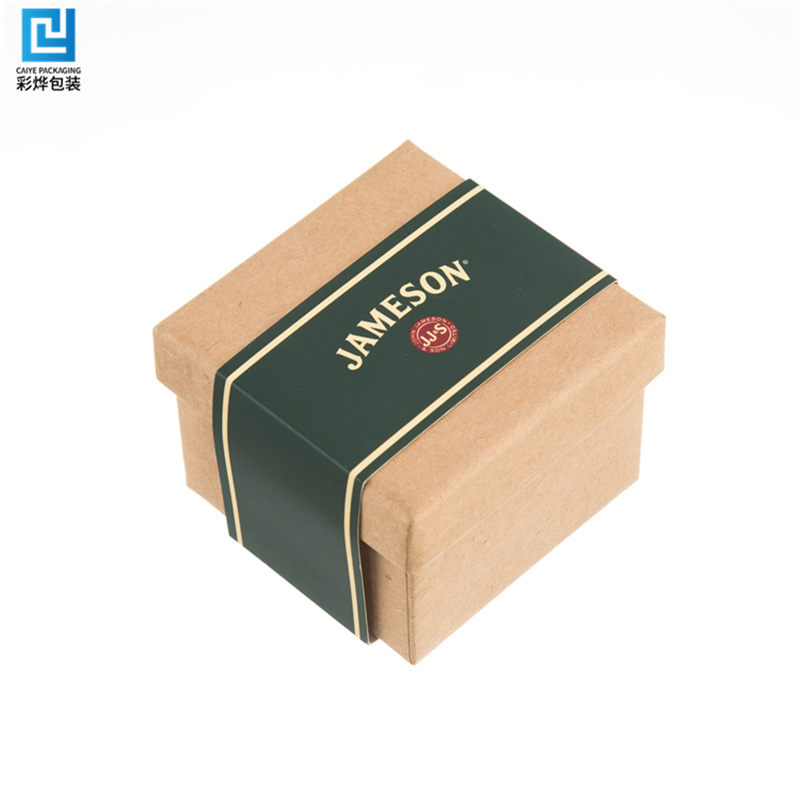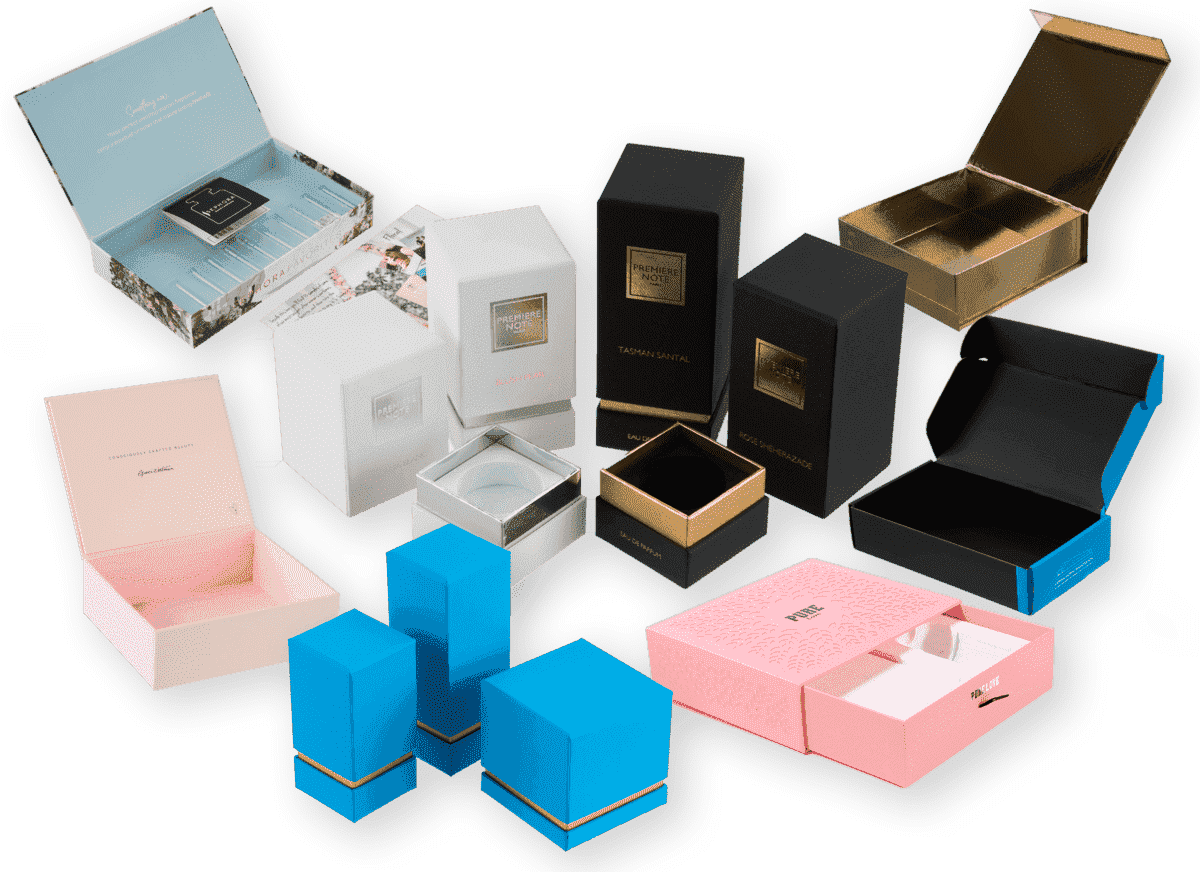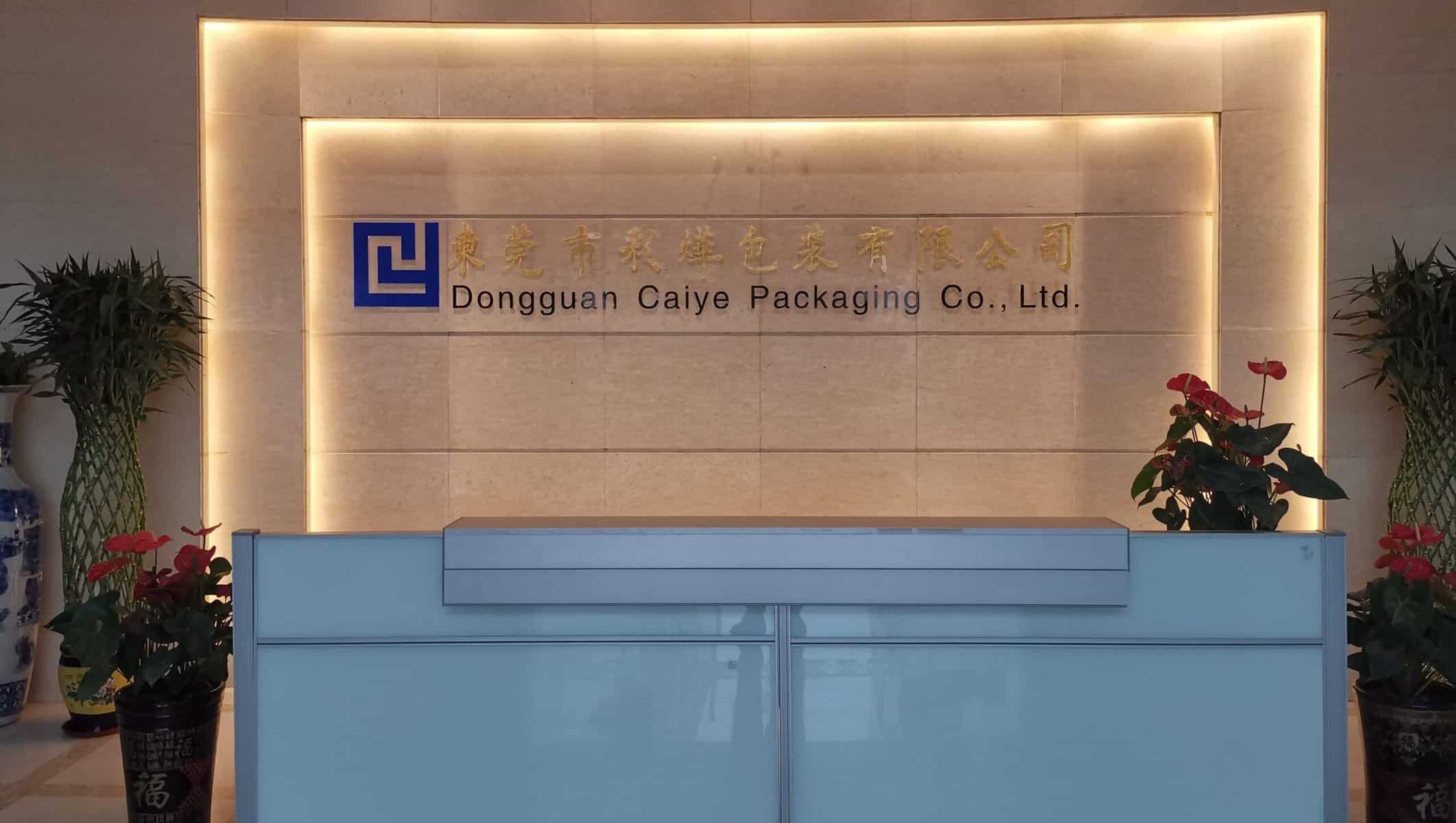Design packaging is a critical component of product marketing, as it is often the first point of contact between the customer and the product. Good packaging design can help a product stand out on a crowded shelf, communicate the product’s features and benefits, and create a memorable brand experience.

When designing packaging, it’s important to consider several key factors. These include:
- Brand identity: Packaging should reflect the brand’s identity and values. It should be consistent with other marketing materials, such as the company’s website, social media profiles, and advertising.
- Target audience: Packaging should be designed with the target audience in mind. Different age groups, genders, and cultural backgrounds may respond differently to certain colors, shapes, and fonts.
- Product features: Packaging should communicate the product’s features and benefits clearly and effectively. This can be achieved through the use of graphics, illustrations, and text.
- Material and production: Packaging should be designed with the chosen materials and production processes in mind. Factors such as cost, durability, and sustainability should be considered.
- Legal requirements: Packaging must comply with any legal requirements, such as health and safety regulations, product labeling requirements, and environmental regulations.
There are several different types of packaging designs that can be used, depending on the product and target audience. Some popular designs include:
- Minimalist: Minimalist packaging design uses simple, clean lines and minimal graphics to create an elegant and sophisticated look.
- Vintage: Vintage packaging design uses retro colors, fonts, and illustrations to evoke a sense of nostalgia and authenticity.
- Bold and colorful: Bold and colorful packaging design uses bright colors and bold graphics to grab attention and create a playful and fun vibe.
- Natural and eco-friendly: Natural and eco-friendly packaging design uses earthy colors and sustainable materials to create a sense of environmental responsibility and consciousness.
In conclusion, design packaging is a critical element of successful product marketing. It should be designed with brand identity, target audience, product features, material and production, and legal requirements in mind. By choosing the right packaging design, businesses can create a memorable brand experience that resonates with customers and helps their products stand out in a crowded market.
When designing packaging, it’s also important to consider the functionality of the packaging itself. The packaging should not only look appealing, but it should also be practical and easy to use for the customer. For example, if the product is a food item, the packaging should be easy to open, resealable, and able to keep the food fresh.

Another important aspect of design packaging is sustainability. Consumers are increasingly concerned about the impact of packaging on the environment, so using sustainable materials and minimizing waste is becoming more and more important. This can include using recyclable or biodegradable materials, reducing the amount of packaging used, or using innovative materials such as plant-based plastics.
When it comes to designing packaging, there are several steps that businesses can take to ensure they create the best possible design. These include:
- Research: Conducting market research and analyzing competitor packaging can help businesses understand what works and what doesn’t in their industry.
- Collaboration: Working with a team of designers, marketers, and product experts can help businesses create a packaging design that is both visually appealing and practical.
- Prototyping and testing: Creating prototypes and testing the packaging with real customers can help identify any issues and refine the design before it is produced in large quantities.
- Flexibility: Businesses should be prepared to adapt their packaging design over time, as customer preferences and industry trends evolve.
In summary, design packaging is a crucial aspect of product marketing that should be carefully considered and planned. The packaging design should reflect the brand’s identity, target audience, and product features, while also being functional and sustainable. By following a systematic approach to packaging design and continuously adapting to customer needs and trends, businesses can create packaging that not only looks great but also helps their products stand out in the market.
Design packaging can also serve as a way to differentiate a product from its competitors. By using unique sh、apes, materials, or colors, businesses can create packaging that stands out on a crowded shelf and catches the customer’s eye. This can help increase brand recognition and sales.
Another trend in design packaging is personalization. With advancements in technology, it is now possible to create packaging that is customized to each individual customer. This can include personalized messages, images, or even the customer’s name. Personalization can help create a sense of exclusivity and enhance the customer’s overall brand experience.
Design packaging can also be used as a way to tell a brand’s story. By incorporating the brand’s history, values, or mission into the packaging design, businesses can create a deeper connection with the customer and communicate what the brand stands for.
Overall, design packaging plays a critical role in product marketing and can impact a customer’s perception of the brand and product. By considering factors such as brand identity, target audience, functionality, and sustainability, businesses can create packaging that not only looks great but also helps their products stand out in the market.


